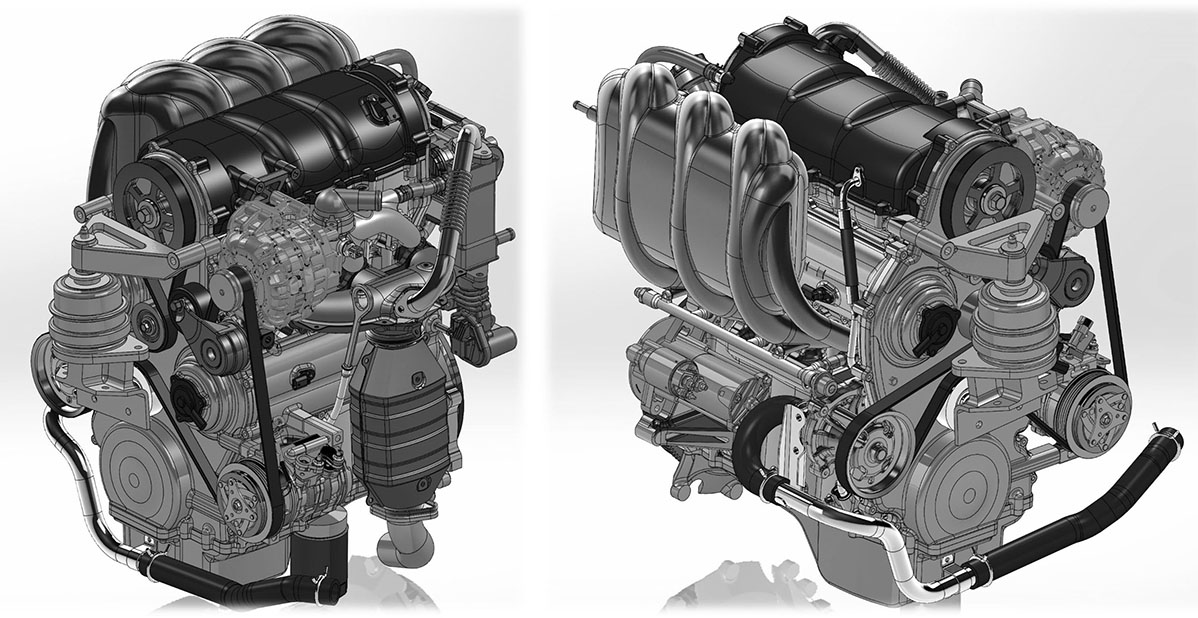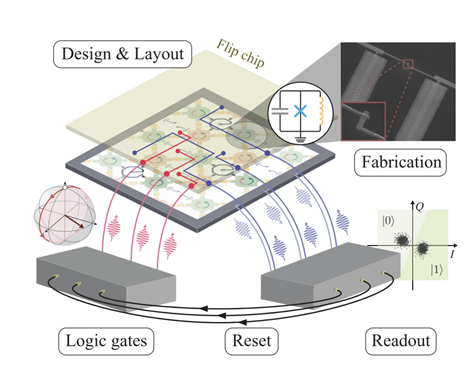Pinnacle Engines Develops Efficient, Low-Emission Gasoline Engine Using Supercomputing
Researchers modeled design concepts for innovative, opposed-piston engine on Titan supercomputer.

The Science
A more efficient car engine? That’s the goal. An opposed-piston engine is more efficient than a traditional internal combustion engine. Pinnacle Engines is developing a multi-cylinder gasoline engine for automotive use. The team enhanced the engine’s reciprocating sleeve-valve system, thanks to a Department of Energy supercomputer. The result? An engine with better combustion and reduced pollutant emissions.
The Impact
In an opposed-piston engine, the mechanics and thermodynamics involved are complex. Changing the design offers unique challenges. Through access to the Titan supercomputer at the Oak Ridge Leadership Computing Facility, Pinnacle Engines discovered a design concept that met its technical goals. Now, Pinnacle Engines is building a prototype engine for testing.
Summary
For over a decade, California-based small business Pinnacle Engines has developed opposed-piston engines for a range of small, single-cylinder applications such as motorcycle and industrial generator engines. To overcome some of the mechanical and thermodynamic challenges of developing an opposed-piston engine for passenger cars that meets efficiency and emissions goals, Pinnacle Engines researchers used the Titan supercomputer and Eos cluster at the Oak Ridge Leadership Computing Facility to optimize the company’s engine model. To prepare its code for Titan’s large-scale architecture and improve analysis of scientific results, the team also worked with researchers at the Oak Ridge National Laboratory National Transportation Research Center.
On Titan, the team completed computational fluid dynamics simulations for a multi-cylinder engine eight times faster than was possible on Pinnacle Engine’s in-house computing resources. The detailed Titan simulations revealed the importance of combining a swirling and tumbling motion of gas during combustion, known as a “swumble” mode. Ultimately, Pinnacle Engines discovered a design concept that met its technical goals: a four-stroke, opposed-piston, sleeve-valve engine with variable valve timing and compression ratio and a swumble mode of combustion. The team modeled the combustion system over typical operating conditions and determined the design could successfully meet emissions and fuel-economy standards. Pinnacle Engines is now building a prototype engine for testing.
Contact
Suzy Tichenor
Oak Ridge National Laboratory
tichenorsp@ornl.gov
Funding
Department of Energy (DOE) under Small Business Voucher Program Cooperative Research and Development Agreement funded this work. The researchers used the Titan supercomputer at the Oak Ridge Leadership Computing Facility, a DOE Office of Science user facility.
Publications
S. Banerjee, C. Naber, M. Willcox, C.E.A. Finney, and K.D. Edwards, “High-performance computing and analysis-led development of high efficiency dilute opposed piston gasoline engine.” Journal of Engineering for Gas Turbines and Power 140, 10 (2018). [DOI: 10.1115/1.4039845]
Related Links
Oak Ridge National Laboratory press release: Pinnacle Engines Develops Efficient, Low-Emission Gasoline Engine Using Supercomputing
Highlight Categories
Program: ASCR
Performer: DOE Laboratory , Industry , SC User Facilities , ASCR User Facilities , OLCF



